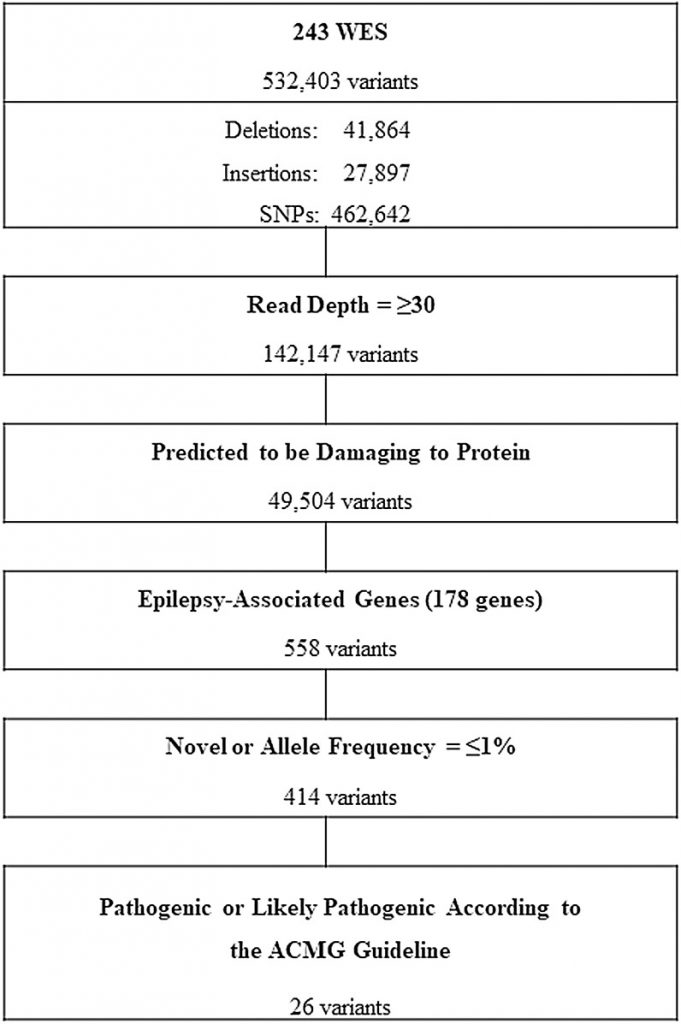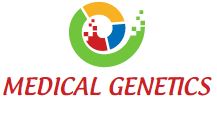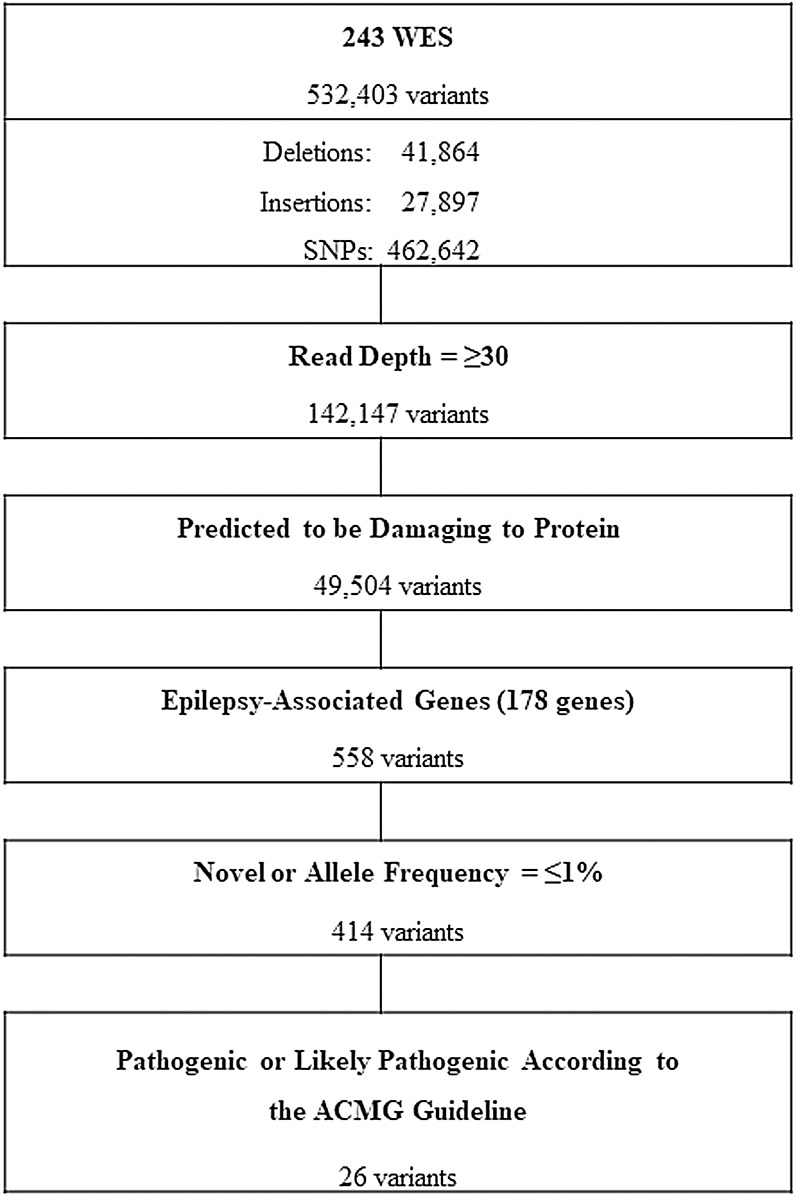Knowledge of the genetic etiology of epilepsy can present important prognostic info and affect selections concerning therapy and administration, main us into the period of precision drugs. However, the genetic foundation underlying epileptogenesis or epilepsy pharmacoresistance is just not well-understood, notably in non-familial epilepsies with heterogeneous phenotypes that final till or begin in maturity.
We sought to find out the contribution of identified epilepsy-associated genes (EAGs) to the causation of non-familial epilepsies with heterogeneous phenotypes and to the genetic foundation underlying epilepsy pharmacoresistance.
We carried out a multi-center research for complete exome sequencing-based screening of 178 chosen EAGs in 243 non-familial grownup sufferers with primarily focal epilepsy (122 drug-resistant and 121 drug-responsive epilepsies). The pathogenicity of every variant was assessed by a personalized stringent filtering course of and labeled in keeping with the American College of MedicalGenetics and Genomics tips.
ResultsPossible causal genetic variants of epilepsy have been uncovered in 13.2% of non-familial sufferers with primarily focal epilepsy. The diagnostic yield in keeping with the seizure onset age was 25% (2/8) within the neonatal and childish interval, 11.1% (14/126) in childhood and 14.7% (16/109) in maturity.
The larger diagnostic yields have been from ion channel-related genes and mTOR pathway-related genes, which doesn’t considerably differ from the outcomes of earlier research on familial or early-onset epilepsies.
These doubtlessly pathogenic variants, which have been recognized in genes which have been primarily related to early-onset epilepsies with extreme phenotypes, have been additionally linked to epilepsies that begin in or final till maturity on this research. This discovering prompt the presence of a number of disease-modifying elements that regulate the onset time or severity of epileptogenesis.
The goal speculation of epilepsy pharmacoresistance was not verified in our research. Instead, neurodevelopment-associated epilepsy genes, resembling TSC2 or RELN, or structural mind lesions have been extra strongly related to epilepsy pharmacoresistance.We revealed a fraction of potential causal genetic variants of non-familial epilepsies wherein genetic testing is often neglected.
In this research, we spotlight the significance of earlier identification of the genetic etiology of non-familial epilepsies, which leads us to the very best therapy choices in phrases of precision drugs and to future neurobiological analysis for novel drug growth. This ought to be thought-about a justification for physicians figuring out the hidden genetics of non-familial epilepsies that final till or begin in maturity.

Postoperative symptomatic cerebral infarction in pediatric moyamoya illness: danger elements and scientific consequence.
Indirect bypass surgical procedure is used to enhance the hemodynamic standing of the pediatric moyamoya illness (MMD). Symptomatic cerebral infarction through the early postoperative interval would be the most irritating complication.
The goal of this research is to analyze the elements related to early post-operative symptomatic cerebral infarction.Between January 2000 and February 2014, we carried out 1241 oblique bypass surgical procedures for 659 pediatric MMD sufferers. Symptomatic infarction through the early postoperative interval was identified in 63 operations of 61 sufferers.
The general incidence of symptomatic cerebral infarction after oblique bypass surgical procedure was 5.1 %. The median age of postoperative infarcted sufferers was 6 years (imply 6.four years, vary of 1 to 15 years).
Performing of two craniotomies in single operation resulted in the next price of cerebral infarction. Moreover, younger sufferers (below six years previous) confirmed a comparatively larger incidence than older sufferers. In a matched evaluation, quick postoperative hemoglobin ranges of greater than 13 g/dL was related to decreased infarction danger (odd ratio=0.144, p=0.003). The mutation of the methylenetetrahydrofolate reductase (MTHFR) gene occurred in comparatively excessive proportion of our infarction group.
Postoperative symptomatic infarctions can happen regardless of a unified surgical technique and formulaic perioperative administration protocol. Patient-centered elements, such because the younger age, genetic background of MTHFR and explicit medical situations together with hyperthyroidism, renovascular hypertension and hemolytic uremic syndrome, in addition to administration associated elements together with two craniotomies and low quick postoperative hemoglobin degree may very well be danger elements for early postoperative symptomatic cerebral infarction.

